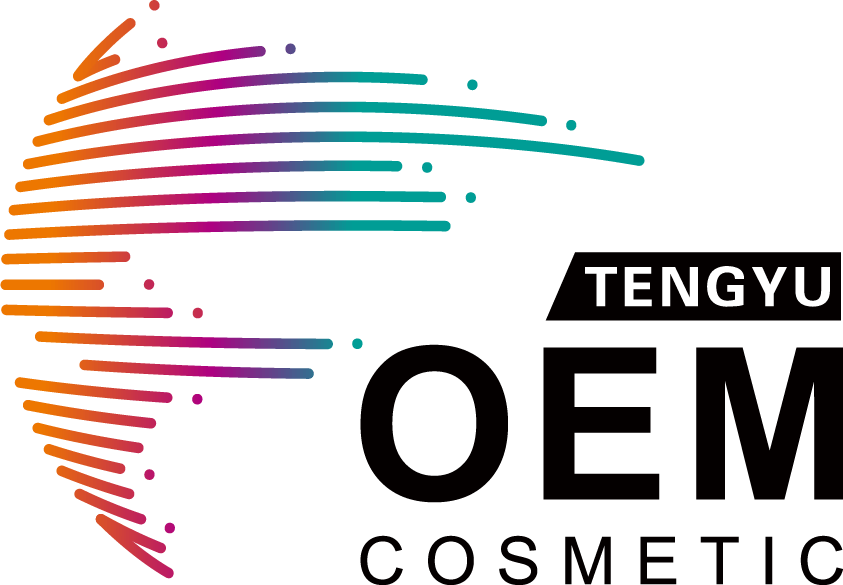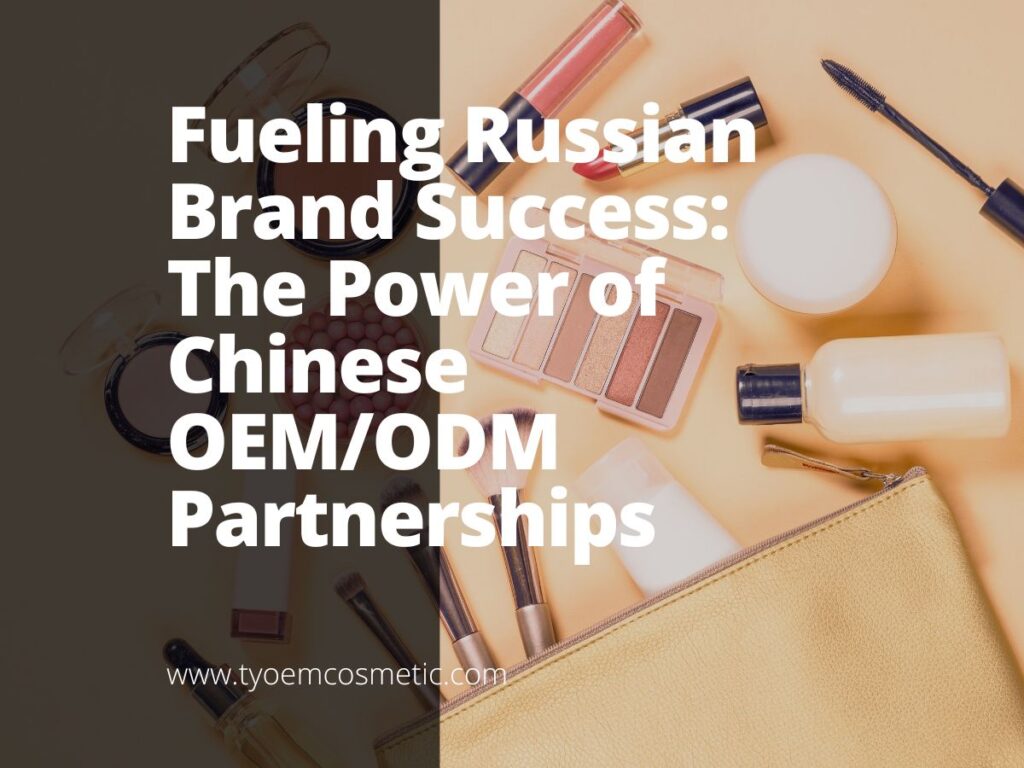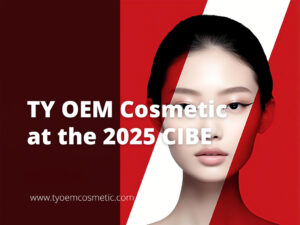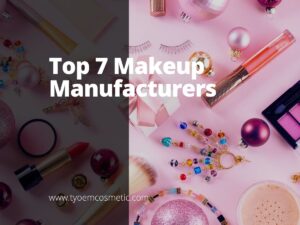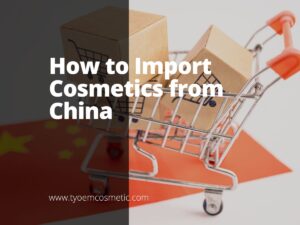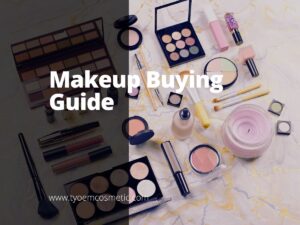A few years ago, I spoke with a Russian brand founder who had the products, the passion, and even a strong following, but had no clue how to deal with certification or production timelines. She felt stuck.
That conversation stayed with me because I realized how many others feel the same. They’re not lacking ideas. They’re lacking the right partner.
We’ve helped brands like hers launch smoothly by offering more than just formulas. We guide them through documentation, packaging, and all the small details that make a product ready for the market.
In this article, I’ll show you how Chinese OEM and ODM factories help Russian beauty brands grow faster and smarter. You’ll learn how we simplify the process and what steps actually matter.
Russian brands don’t need to struggle through this alone. They just need the right support.
So let’s take a closer look!
1. Why Russian Brands Are Turning to Chinese OEM/ODM Partnerships
Many Russian cosmetics brands I’ve worked with used to rely on local or European manufacturers. But over the last few years, more are shifting to Chinese OEM and ODM suppliers. The main reasons are better pricing, faster turnaround, and flexible production options. When local labs cannot keep up with demand or costs keep rising, it makes sense to look for other options that still meet your quality needs.
If you are building a cosmetics line, you have likely faced the same problems. Maybe high minimum order quantities, slow response times, or limited formula choices. I’ve helped brands handle those same issues. And in most cases, working with Chinese suppliers gave them more room to grow without losing quality. It is not just about saving money. It is about gaining control and staying competitive in your market.
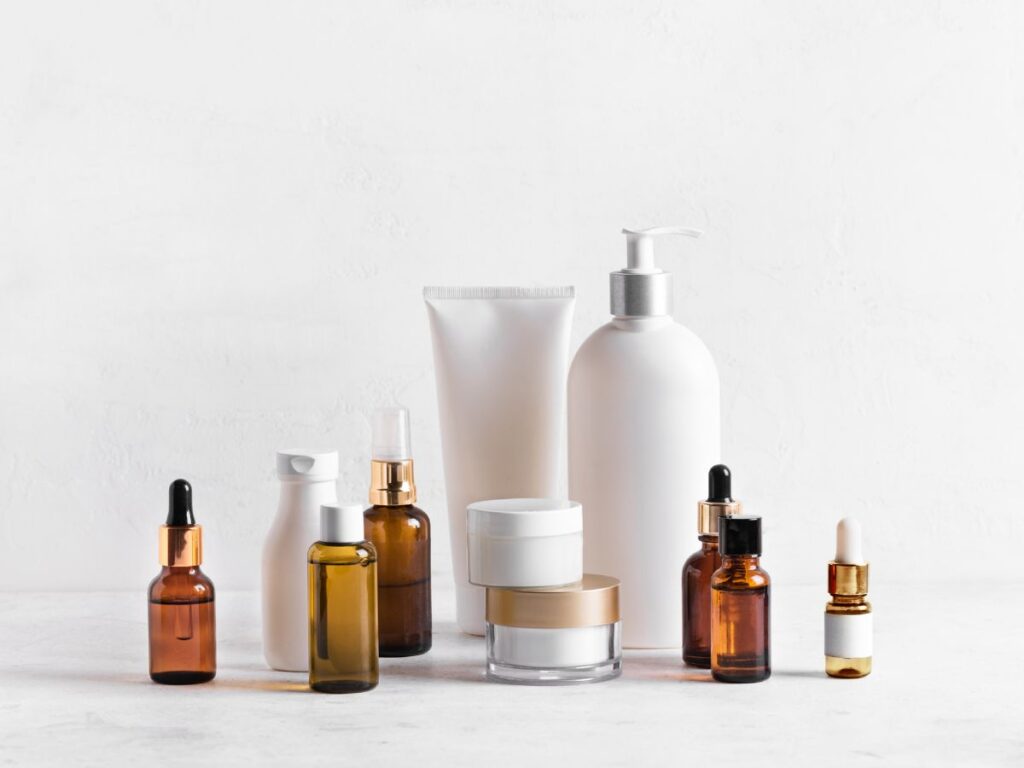
2. Understanding OEM vs. ODM: What Russian Brands Need
Before you choose a supplier, it helps to know the difference between OEM and ODM. I’ve seen a lot of confusion around these terms, especially from brands just starting to explore partnerships in China.
Let’s break it down in a simple way so you can decide what works best for your product.
OEM: You Own the Formula, They Handle the Production
OEM stands for Original Equipment Manufacturer. This is a solid option if you already have your own formula or product design. Maybe you’ve worked with a lab, or your team has a clear idea of what goes into each item. Now you just need a partner to make it at volume.
Many Chinese suppliers like TY Cosmetics specialize in OEM work and are used to following detailed instructions. You keep control over ingredients, textures, packaging, everything.
I’ve seen this model work well for brands that are scaling up and want to stay true to their original product vision. If that sounds like you, OEM gives you the flexibility to grow without changing your formula.
ODM: Ready-Made Formulas You Can Rebrand
ODM means Original Design Manufacturer. It’s a great option if you’re starting from scratch or want to test the market fast without spending months on R&D.
China has a huge range of ODM suppliers offering ready-made formulas for skincare, personal care, and wellness products. You can pick from what they already have, like serums, creams, or sheet masks, and customize the packaging, scent, and sometimes even the formula.
If speed and lower costs matter more than building everything from zero, ODM is a smart way to get moving fast while still keeping quality.
3. Benefits of Partnering with a Chinese OEM/ODM Supplier
We know that choosing the right supplier goes far beyond pricing. You need a partner who understands your market, supports your growth, and delivers without delay.
With years of experience and trusted relationships across Russia, we’ve proven ourselves to be that kind of partner for brands ready to move fast and scale with confidence.
Real Partnerships That Build Trust
We work closely with Russian brands that your customers already know.
- VOIS: This leading e-commerce platform relies on us for long-term supply of consistent, high-quality products. Our partnership with VOIS reflects the trust we’ve earned through stable delivery and ongoing support.
- Kamali: A growing brand in the Russian beauty space. Kamali chose TY Cosmetic after seeing their successful work with VOIS, showing how trust spreads through strong results and word-of-mouth.
These partnerships show that we don’t just make products, we build lasting relationships that help our clients grow.

Invested in Understanding the Russian Market
TY Cosmetic takes the time to learn what Russian beauty consumers actually want. Before launching products into your market, we did the homework.
Our approach includes:
- Interviewing real buyers in Russia about product texture, scent, and usage habits.
- Studying top-selling cosmetics across online platforms.
- Adapting packaging and formula preferences to fit local expectations.
This insight helps us guide your brand toward formulas and designs that truly connect with Russian buyers.

Easy Integration with Top Online Marketplaces
We’re already working with platforms where Russian shoppers buy daily. That means you won’t have to explain how things work, we’re already up to speed.
- Wildberries: We supply skincare, cleansing, and lip products that are already proven sellers. These match our existing catalog and make production faster with fewer revisions.
- Ozon: TY Cosmetic is ready to support product launches on Ozon too. Our production schedules, packaging systems, and compliance knowledge are set up for the pace and structure of large e-commerce platforms.
If your plan is to grow through online retail, we’re already where your customers are.
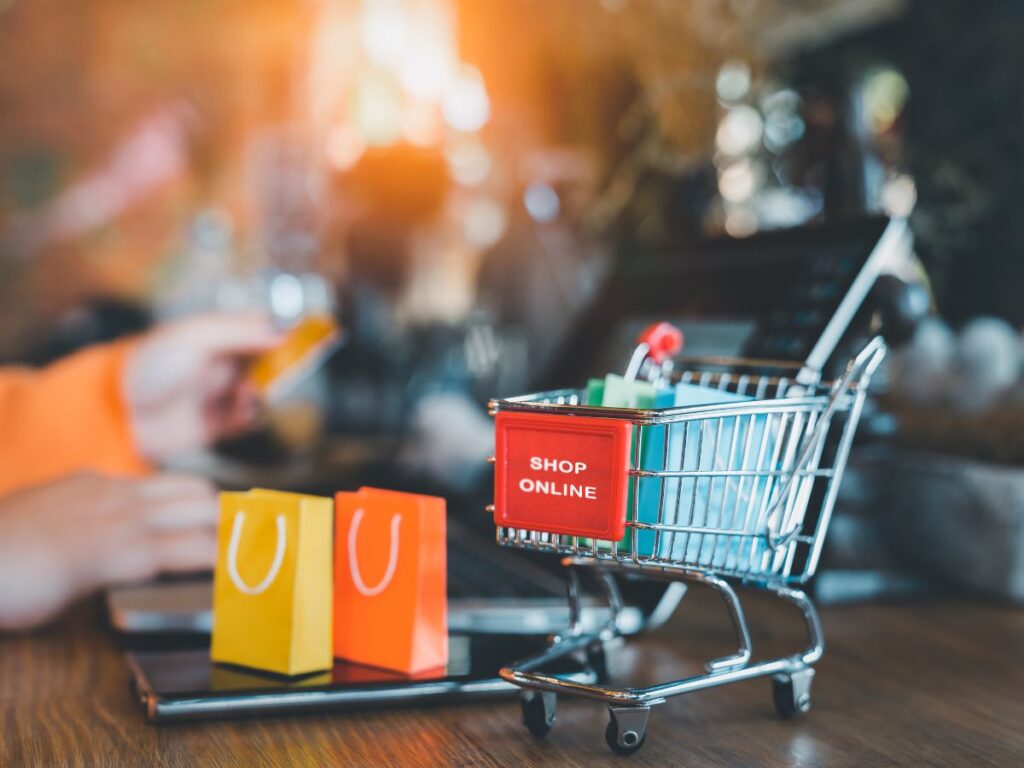
Full Packaging Support Built In
We don’t separate product and packaging, we bring them together under one roof. That keeps your brand consistent and your launch timeline on track.
Here’s how we support you:
- Artwork and Label Assistance: Our team helps you place your logo, text, and labels to meet Russian standards. You don’t need to figure it out alone.
- Packaging That Fits Your Market: We offer styles and materials that match Russian buyer expectations, from sleek and premium to more affordable designs.
- Flexible Options by Price Point: Whether you’re building an entry-level product or a high-end collection, we offer packaging solutions that fit your goals.
Working with us means less back-and-forth and a faster move to market.
Certifications That Simplify Compliance
We understand how important it is for your products to meet Russian regulatory requirements without delays. At TY Cosmetic, we provide full certification support so you can focus on building your brand while we handle the paperwork.
- EAC Certification: We hold valid EAC certification, allowing your products to enter the Russian and Eurasian markets smoothly. This saves you time and avoids complex local approval processes.
- GMP Compliance: All of our production follows GMP (Good Manufacturing Practice) standards. This guarantees that every product is manufactured under strict hygiene and safety controls.
- ISO Certification: Operates under ISO-certified systems to manage quality and production. This means our workflows are traceable, efficient, and consistently meet global expectations.
- Ingredient & INCI Documentation: We provide complete ingredient breakdowns and INCI names for every formula. TY Cosmetic prepares these documents to meet Russian label laws and safety reviews.
- Safety Testing & Reports: TY Cosmetic offers product test results, safety data sheets, and certificates as needed. These can be submitted for official use or kept for internal assurance.

4. Easy Steps to Partner with a Chinese Supplier
Getting started with a Chinese supplier might feel a bit overwhelming at first and I get it. But once you break it down into steps, it becomes much easier to handle.
If you’re thinking about growing your cosmetics line, this simple path can help you move from first contact to first order with more confidence:
| Step | What to Do | Why It Matters |
| Step#1 Define Your Product | Know what you want: formula type, packaging, scent, skin benefits. | Clear specs help suppliers understand your goals right away. |
| Step#2 Choose OEM or ODM | Decide if you’re using your own formula (OEM) or a ready-made one (ODM). | This choice shapes how you work with the supplier from day one. |
| Step#3 Research and Shortlist Suppliers | Search online, get referrals, and create a list of 3–5 strong options. | It’s easier to compare pricing, response time, and experience. |
| Step#4 Request Samples | Ask for product and packaging samples based on your needs. | Samples help confirm quality and avoid surprises later. |
| Step#5 Communicate Clearly | Be direct about your expectations, timelines, and questions. | Good communication builds trust and avoids production issues. |
| Step#6 Review Contracts and Terms | Go over pricing, lead time, payment schedule, and what happens if things go wrong. | A clear agreement protects your business from costly mistakes. |
| Step#7 Place a Small First Order | Start with a smaller run to test the process and relationship. | It gives you a chance to fix any issues before scaling up. |
5. Final Tips for Russian Brands Seeking OEM/ODM Partners
Finding the right partner takes more than a quick online search. I’ve had to go through dozens of suppliers to figure out who could actually deliver on time, communicate clearly, and meet the quality we expected.
Here are a few things I always recommend you check before moving forward with any OEM or ODM factory in China:
Tip#1 Start with Samples Before Signing Anything
Always ask for samples first. Whether you’re doing OEM or ODM, this is your best chance to check the quality, texture, scent, and packaging in real life.
It’s not just about the product, pay attention to how fast they respond and how clearly they communicate. That usually gives a good sign of how they’ll handle full production later.
Tip#2 Visit the Factory or Request a Video Tour
If you can, visit the factory in person. If not, ask for a live video tour or recent footage. Seeing the production setup, staff, and packaging area gives you a much better idea of how serious they are.
Some good suppliers are open about everything, clean spaces, organized workstations, and real-time answers to your questions.
That level of openness builds trust quickly.
Tip#3 Check Experience with Russian Brands
Not every factory understands the Russian market. Some may offer great pricing but miss the mark on formula preferences, scent profiles, or design styles.
Look for partners who’ve already worked with Russian clients. TY Cosmetics have done in-depth research and spoken directly with Russian consumers about what they like. That kind of background really helps avoid costly revisions later.
Tip#4 Talk About Packaging Early
Packaging can cause delays if you leave it until the end. Make sure you discuss your packaging needs early in the process, materials, finish, label size, and printing.
Ask if they handle it in-house or work with local partners. A factory that manages both production and packaging often saves you time and keeps the project on track.
Conclusion
Building a beauty brand in Russia is about more than just having the right product.
It’s about knowing how to launch it properly and deliver something buyers trust and want to come back to.
That’s where the right partner makes all the difference.
At TY Cosmetic, we help Russian brands bring their ideas to life, from product development and packaging to full compliance support and factory documentation for EAC certification.
If you’re looking for a partner who understands the Russian market and can take your product from concept to shelf with confidence, TY Cosmetic is ready to help.
Contact us today and let’s build something great, together!
More Guides and Tips to Explore
Interested in more? Here are some additional articles with insights and tips to keep you informed:
Still haven’t found what you’re looking for? Don’t hesitate to contact us. We’re available around the clock to assist you.
